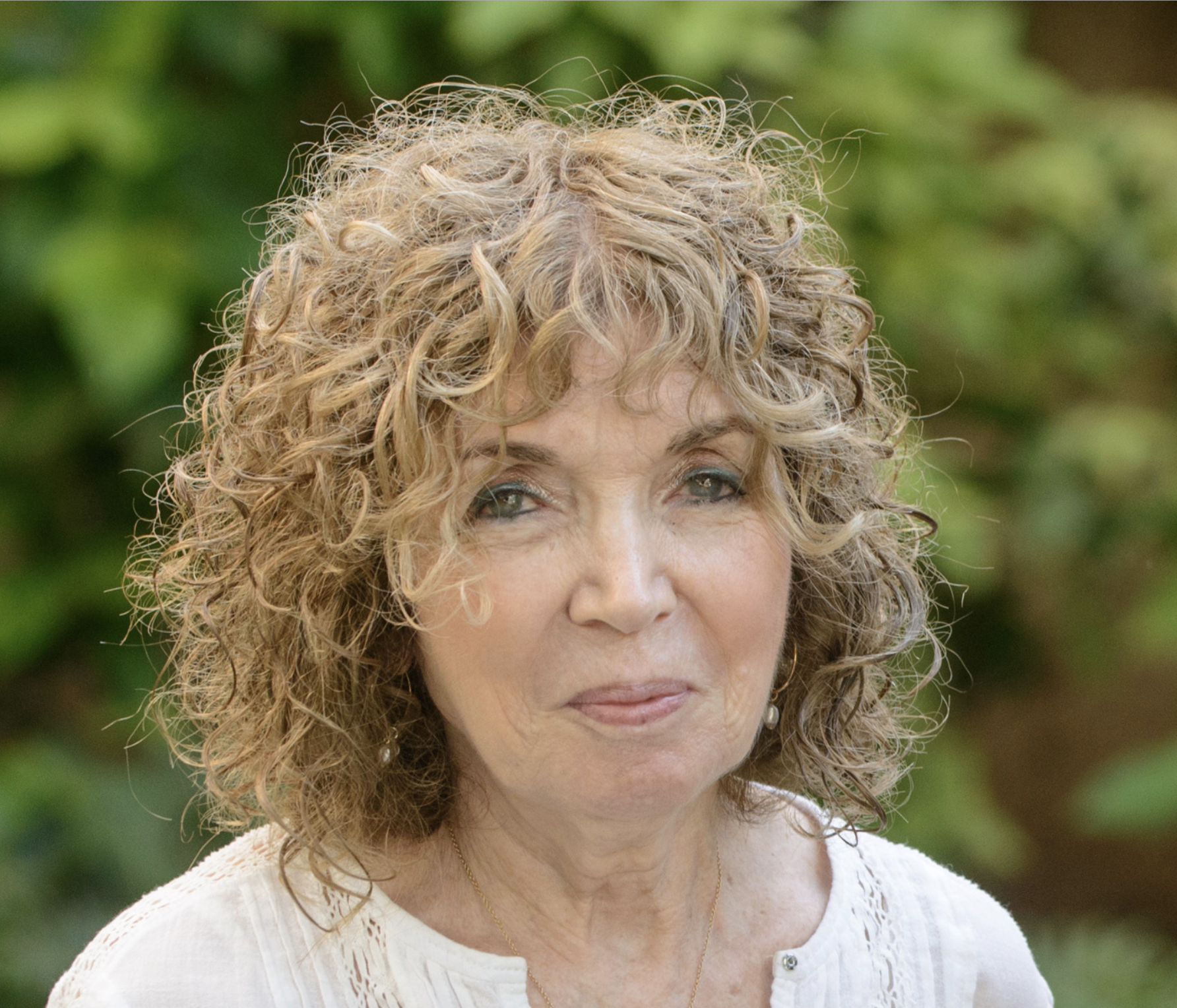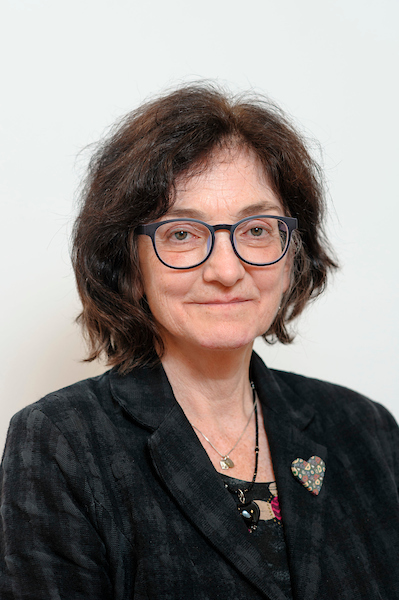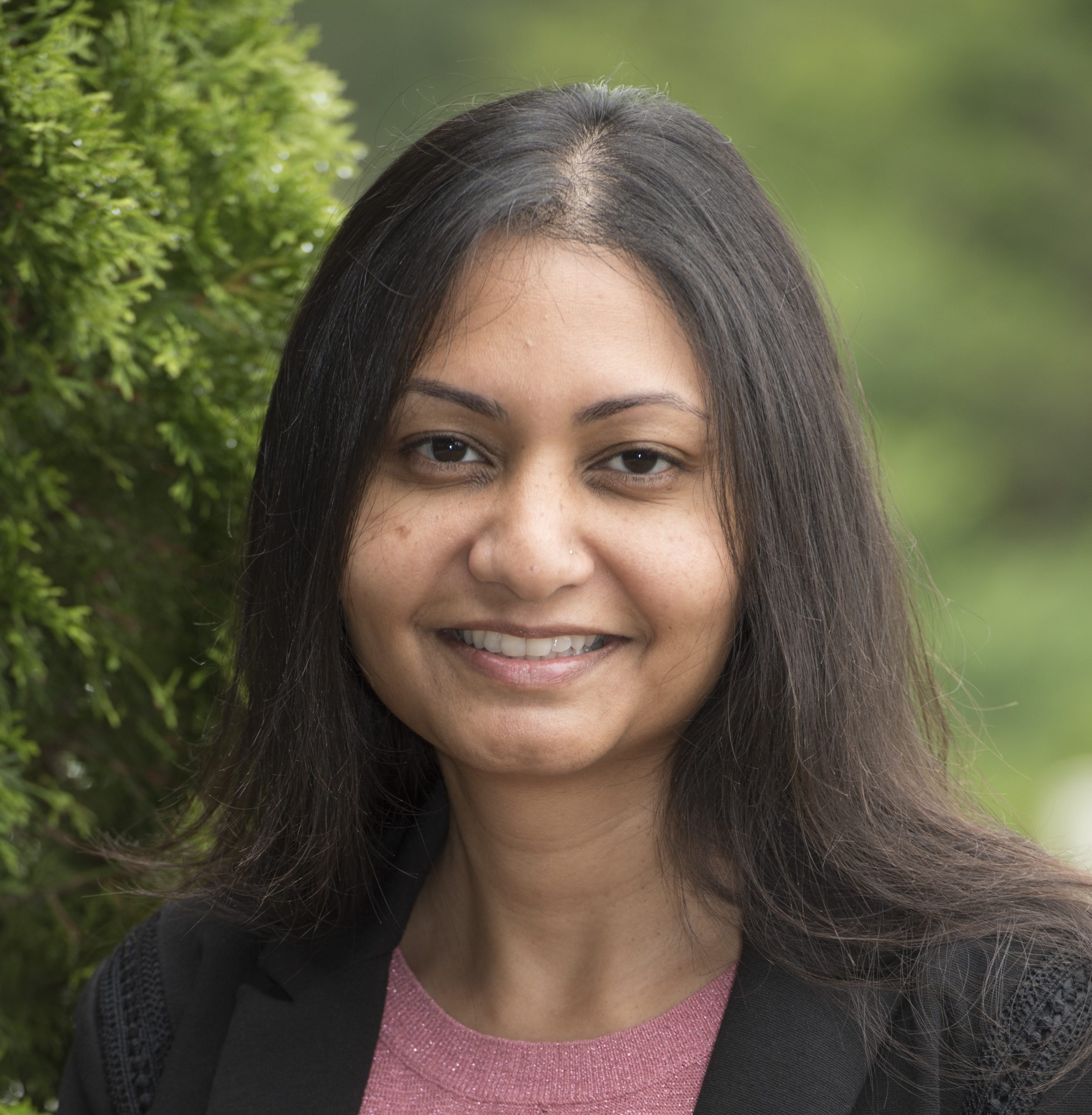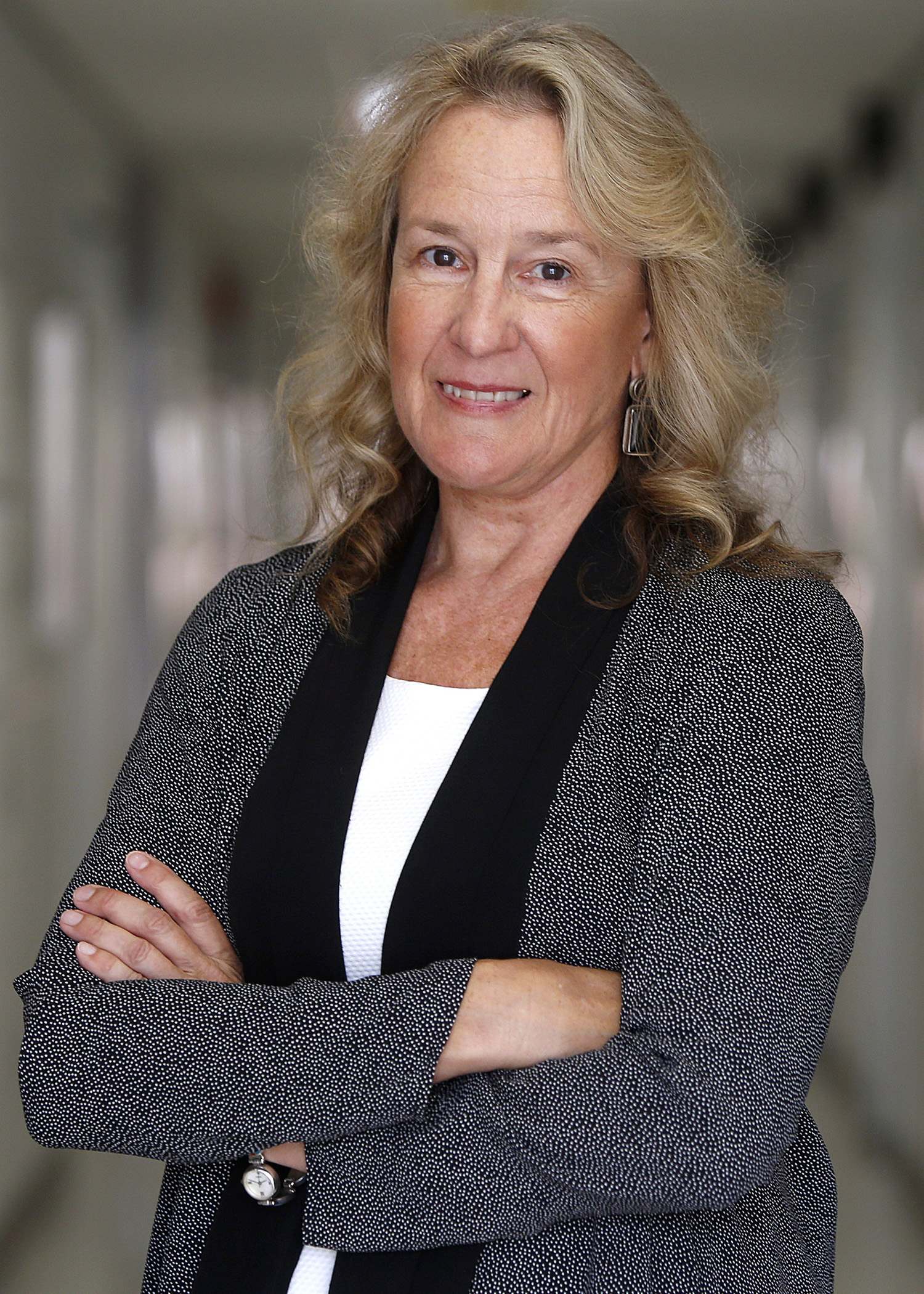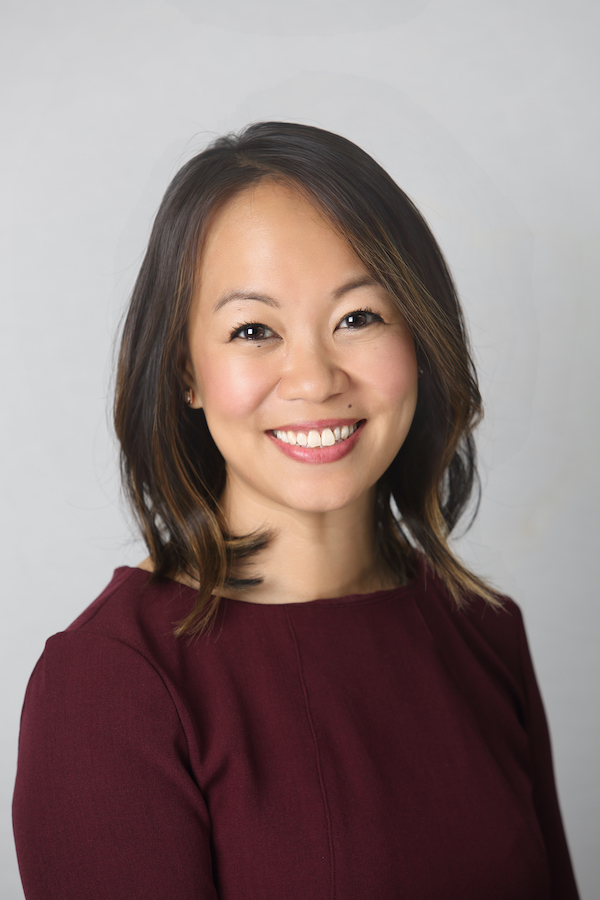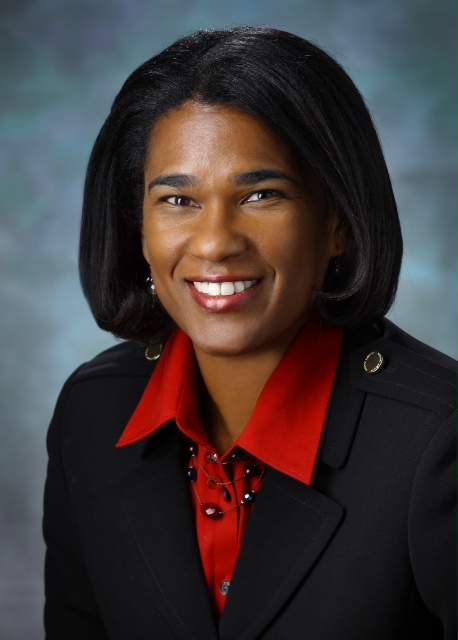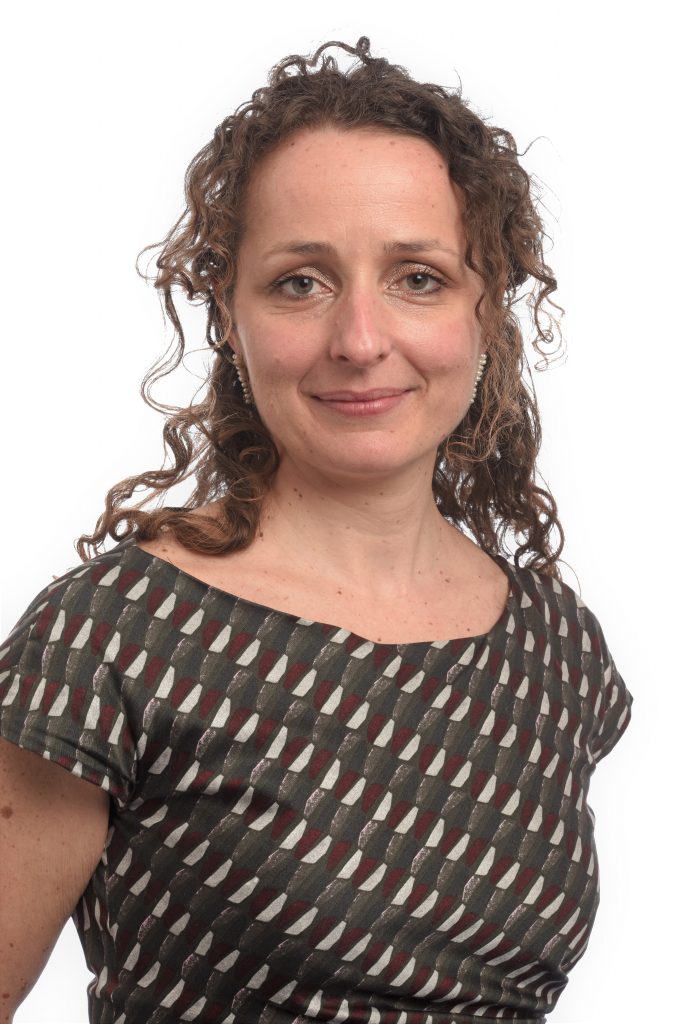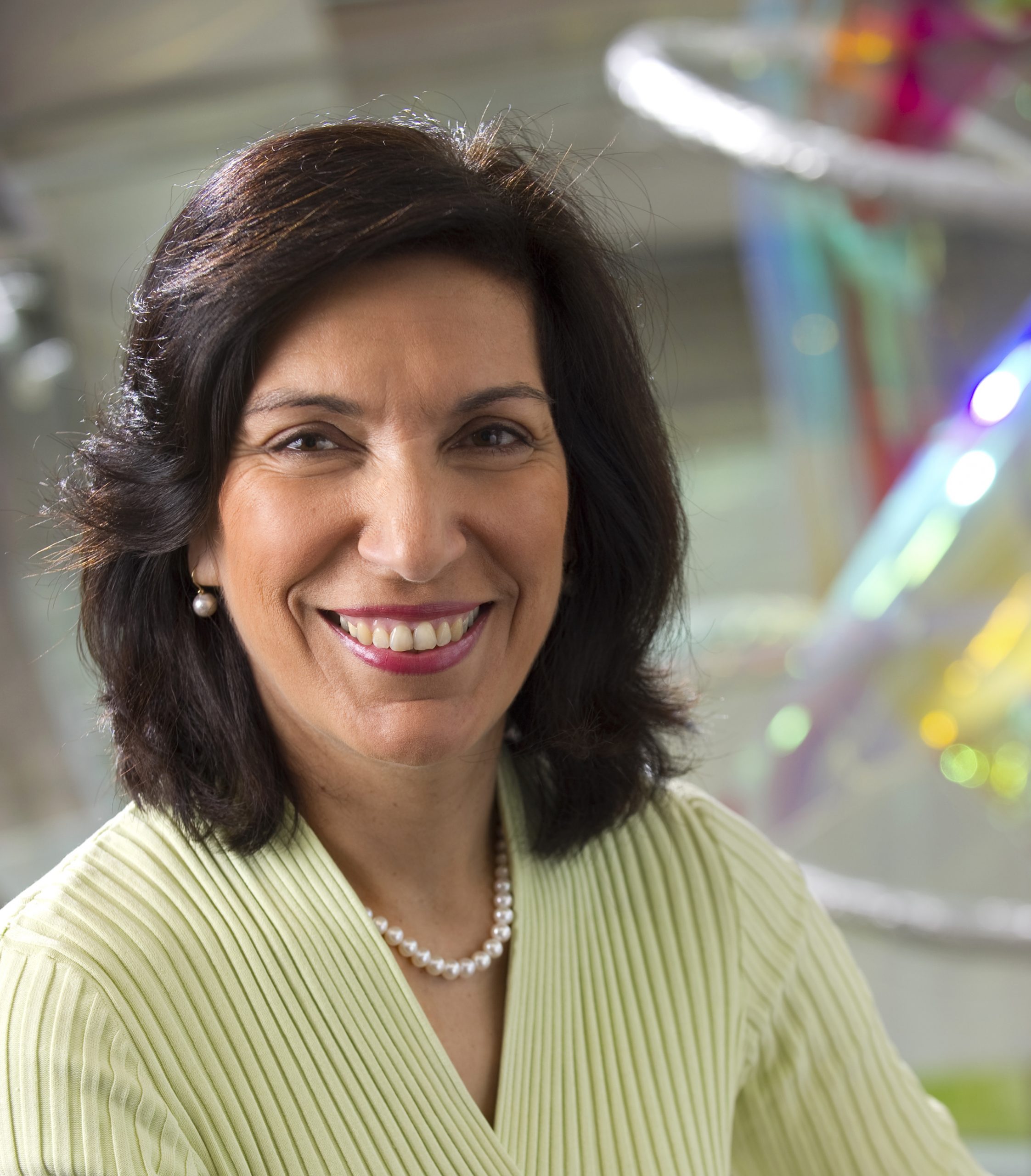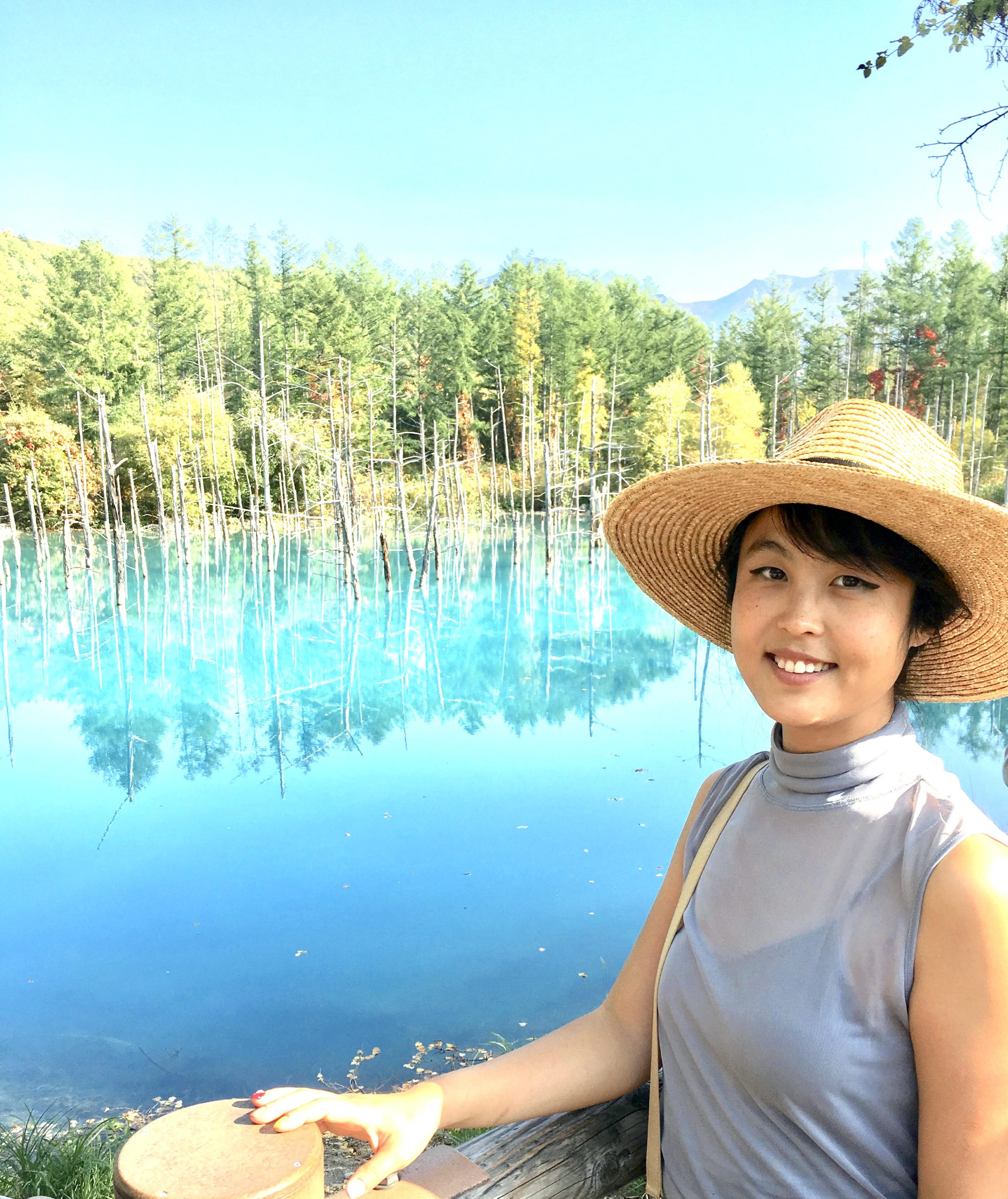
Dr Jee Hyun Kim is a neuroscientist and a science communicator. She was awarded the University Medal in Psychology upon completing her undergraduate course at the University of New South Wales before obtaining a PhD in Psychology in the same university. She stayed there as a postdoctoral research fellow, then moved to the University of Michigan, US. After this, Dr Jee Hyun Kim joined the Florey Institute, where she is now the Head of the Developmental Psychobiology Laboratory.
Alexandros Sanchez-Vassopoulos) What do you feel is the most exciting part of your research?
The new discoveries we make on how the development and maturation of the brain change how we feel, think and remember. It is really exciting when we carefully design rodent models to correspond to human behaviours and epidemiology, the outcomes of experimenting with such models are also replicated in humans in a laboratory setting. Such back-translation is really exciting and gives us hope that what we do can help people. Lately, we have been exploring sex differences early in life. There has been a long-held dogma that sex differences do not emerge until puberty. Still, we and others have shown that our biological sex can affect brain development and related mental health outcomes. Just as scientists are diverse in background, it’s good to see that we increasingly recognise the importance of diversity and individual differences in how we approach experiments. It’s truly a great time to be a scientist!
Fran Pujalte Ferrándiz and Alexandros Sanchez-Vassopoulos) Why did you decide to explore the acquisition and retrieval of fear memories?
Ever since I was little, I always found people’s different personalities and experiences fascinating. Life is a library, and each person is a book I can learn from (even if the knowledge may not have any practical implications!). I find understanding for the sake of understanding very satisfying, and the most fascinating subject for me is the human. Trying to understand people by talking and listening to them has naturally made me realise that much of who we are come from our memories from childhood and adolescence. Also, I realised that many of us had some highly stressful experiences while growing up, but, for some, it is merely an acknowledged event, while for others it is very much present and haunting them day to day. Not only that, but some level of stress is also necessary for personal progress, although some well-meaning parents try to remove all stress in a child’s life. I was also a highly anxious child, although I think that was mostly the environment I was in while I was growing up in South Korea. Hence, I naturally found fearful memories extremely interesting to understand and was very happy to study them during my honours and then for my PhD. I was surprised that not many people studied it in the context of development and maturation, so I decided that I’ll give it my best go to dedicate my life to it.
Alexandros Sanchez-Vassopoulos) What did you learn from doing research on this specific area?
So many things! Firstly, I learnt that many of us acquire memories similarly, regardless of age and sex. But what appears to be different is how we forget, how we update those memories, or how we reconcile conflicting emotional content of those memories. Also, it is very clear that while memories of bad events are not bad in and of themselves, but it’s the associated emotions that can be debilitating. We focus on forgetting the emotion, not necessarily forgetting the details of the event. Details can help you ground the memory into context, help you to realise or update that the traumatic experience is likely an unusual event, and that the threat is likely over for good. Interestingly, both anxiety and depression can lead to losing such details. This is one direction our research is taking us.
Mariia Safonova) What do you think is the impact of raising public awareness of early-onset anxiety disorders?
I think it’s helpful to ‘normalise’ anxiety for all ages. Most cultures for too long have promoted being ‘strong’ and ‘tough’ – but acknowledging anxiety and other vulnerabilities is actually what makes us strong. It requires great strength to be able to face the truth, accept imperfections, and/or admit when we have made mistakes. What is weak is not facing the truth, insisting on one’s rightfulness, and/or avoiding self-improvement. Without identifying the truths in our lives, it is difficult to progress. Because to problem solve, we need to first observe what the problem is. I know that often parents or friends love us so much that rather than admit facts, they can pressure us to be ok when we are not ok. Because if children are not ok, the level of sympathy and empathy is so distressing; often it’s our loved ones who do not want to believe you’re not ok. I hope that by speaking out about the prevalence of anxiety disorders and how early they can start, more people will accept the distress of people around them. That more people will feel supported to seek help or not be afraid to discuss their experiences. Interestingly, talking about it takes the mystery out of it, which can help face it.
Further, for any mental disorders, it is our youths that show the biggest treatment gap – that is, compared to the proportion of people affected, very few people receive treatment. When we grow up, we are constantly told to be or do ‘x’ to attain whatever we dream. But life is not like that, there is no formula, and it is ok to change your mind, your dreams, or even who you are to be healthy. I feel as though our youths are not told that enough. That most choices in life can be rectified and can be seen as learning experiences. In their shoes, we can all experience anxiety, which does not mean that they’re flawed or ‘abnormal’. This is why I really hope Psychologists become mandatory in all schools. Early treatment is better than late treatment.
Mariia Safonova) Do you believe that raising such awareness may help individuals affected by these disorders?
I gave a TEDx Melbourne talk on early-onset anxiety disorders, and, for a while, was pretty embarrassed by it. I didn’t give enough specific instructions to ‘live without fear’, hence I thought the talk was a waste of virtual space and people’s time. But so many people watched that talk. I could not understand it. It took me enough encouraging emails to realise only recently that sometimes people do not need solutions but just need to be understood. To not feel like a freak. To not have to explain why they are the way they are. So I know for a fact that at least a few tens of individuals have been helped by the subtle disclosure that I occasionally suffer from feeling worthless from my own childhood experiences. It’s interesting, some do read between the lines that I’ve been domestically abused as a child, or some just become angry in thinking that my trauma is the funny story of not being good at sports as a kid. I am ok with either communication, especially if they decided to reach out to treatment or close people because of my story.
Fran Pujalte Ferrándiz) What would be your pieces of advice for students who are just starting a career in neuroscience and would be happy to follow a research path similar to yours?
Sincerely ask yourself why you want to do neuroscience. There are no wrong answers. It’s ok if it is to impress your parents and friends, wanting to feel smart, wanting to understand, wanting to help people, there is no particular reason but it is not boring etc. This is important because then it will help you motivate yourself in the tough times ahead. Many students I observed are not very honest, and they try to come up with some ‘noble’ reason, but quickly it falls apart when things do not go their way (which is ALWAYS going to be the case in science). I was mentoring a student outside of my laboratory who clearly was focused on impressing people back home and getting into a cushy government position. I don’t think that’s a bad motivation at all. But they could not be honest about their true motivation. Hence, it was challenging to motivate this student when experiments did not go well or did not receive the help they thought they deserved from the supervisory team. When we tried to problem solve, we tackled what they professed as the motivation – helping people. So we thought giving them more collaborations and more opportunities to help people in the laboratory would benefit and renew their interest and effort for their own projects. But this was not the case, and it was clear that they just wanted to attain a PhD with the least effort. While the student could never admit it, and, consequently, it wasted many people’s time and effort, once we recognised their particular motivation we had other solutions that worked better for everyone. However, it does not mean the student learnt as much as we’d hoped during their PhD. Being honest about your ‘why’ helps you think about those goals to motivate yourself. Or at least come to a place where you can decide whether those goals are attainable or worthwhile for your well-being. If you can, be strong to recognise the truths inside of you, and embrace them before entering any field, including Neuroscience. Then I promise the journey will be less frustrating, and you may even improve yourself as a person overall.
Louise Schindler) What advice would you specifically give to young female scientists?
Say ‘no’ when you want to. I am not blaming women for not saying no. It is not our fault that sometimes we are put in pressured situations, and most of us growing up have been taught that saying ‘no’ makes us a bad daughter or a student or a functional member of any group. It is just that I wish someone told me when I started out that if I do not like something, or do not agree with the plans, I can say no, and that does not make me a bad person. Only when I became Associate Professor I learnt to regularly say no, and I regret that. Time and effort are resources that are finite, and part of my maturing journey was learning to prioritise important tasks and people in my life. I had to humbly recognise that I can’t do everything, and I am not alone, and that means I should say no. It is arrogance actually to think you can do everything, and that you alone can achieve tasks. That raises the second point – ask for help when you feel stuck. Doesn’t mean you’ll receive the help you desired (for example, some students just ask you to come up with all the discussion points in their thesis or paper and refuse to think for themselves – which I’ll avoid helping in that way so that they can learn for the future), but whatever you’ll learn from asking for help will help you as a person.
Louise Schindler) How has being a woman in science influenced your research and your career?
Time and, again, studies have shown that there are subconscious biases against women. These subconscious biases downgrade women’s abilities and discredit their success. Subconscious biases are difficult to combat because they are subconscious. However, we can consciously put in rules to be more aware of the biases by openly discussing the biases and then presenting facts showing how there is no single academic measure in children and adolescents that show sex differences. I have learnt to embrace my role as a glass-ceiling smasher. It’s still challenging, and it often can come with more discrimination. However, even if I am not personally attacked, I feel as a female leader that I am responsible for speaking up if I see bullying or any discrimination. This is also because my ethnicity as a Korean is rare amongst female academics. As a Christian minority of minorities in my field (glass, bamboo, and reverse-silver ceiling), I pray that in research and professional settings, I can make it fairer for the younger people who will follow in our footsteps in neuroscience. This means we try to be rid of biases when our team looks at our data, when we write papers, or when reviewing papers and grants. But ‘try’ is the keyword – it’s not easy. When I reflect on the past, it is important to be able to see when I haven’t tried as hard as I should’ve or when I have made mistakes. I often talk about those to mentors as well students. I ask them to hold me accountable if I am about to make similar mistakes. When it comes to life and learning, I don’t think it matters how old or young you are – I want to value your opinions (as long as it appears to be grounded in truths). What is the value of our suffering and experiences if we cannot change the future for people in our shoes? This motivates me. I do not want my emotions and thoughts to go to waste. These motivations give me a lot of energy to keep pushing myself and others to uncover more truths and help ourselves and others in work and life.
Read Interview with Dr Jee Hyun Kim: ‘Life is a library, and each person is a book I can learn from’ in full
